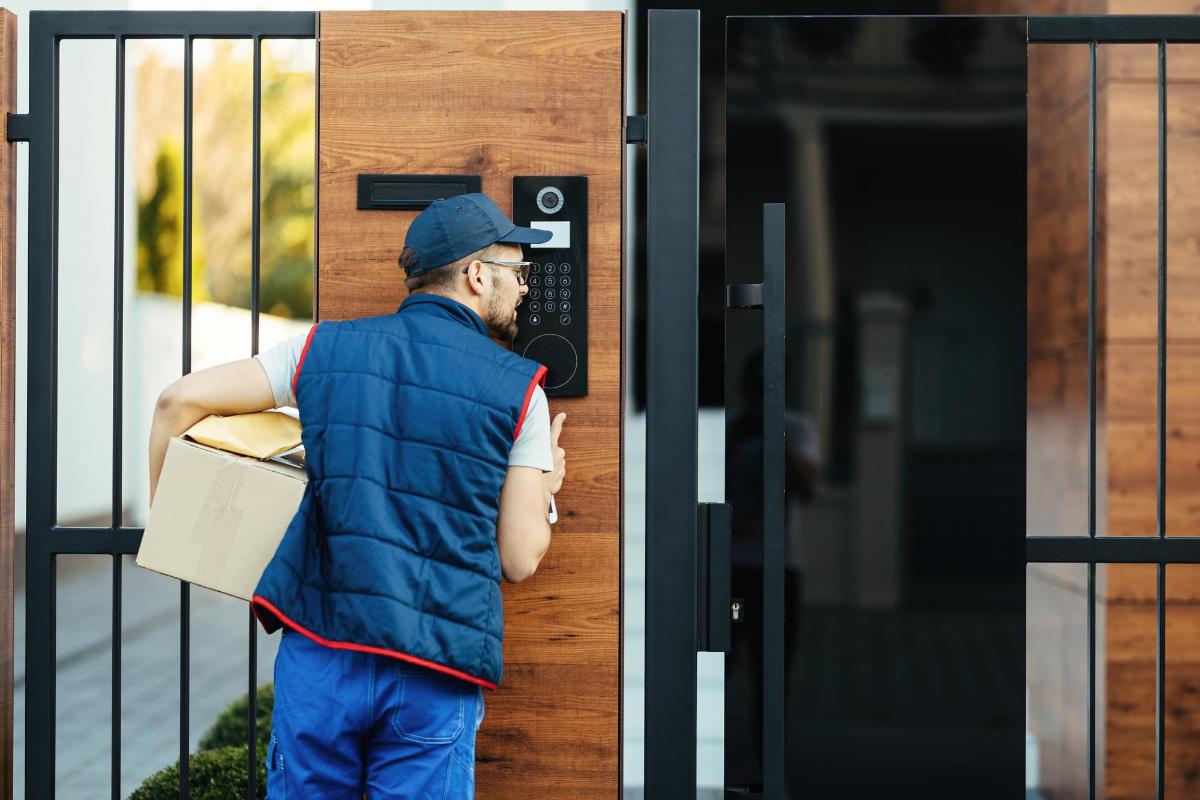Security Procedures Every Gated Community Needs

Managing gated communities means preserving residents' and guests' safety and security. Therefore, your security approach needs to be intimate enough to thwart security breaches or break-ins that can lead to robbery, theft, physical attacks, and other threats. However, controlling who penetrates and leaves the community is a delicate balance. On the one hand, this experience should be effortless for residents and approved guests but incomprehensible for trespassers and offenders. Our experts on community management software offer these procedures your gated community should have in place.
Unassailable Access Points
Every property manager should concentrate on two primary security access points to a gated neighborhood in their safety planning: vehicle and pedestrian gates.
- Vehicle gates- A gated neighborhood's automobile access points are the highest-trafficked locations. Alternatives for securing these sites vary from a full-time security guard and monitored surveillance cameras to supplementary barriers and keypads. At a minimum, all gated entries should be governed by a restricted access device, like a key fob, numeral pad, or remote-control design. Gated neighborhoods can add an automatic boom barrier, tire spikes, or speed bumps for additional protection. These extra measures can help discourage unwanted automobiles from tailgating residential cars into the area before the gate closes.
- Pedestrian gates- Gated neighborhoods may secure pedestrian access sites by lock and key, key fob, or keypad systems. A gate that transmits an alert when left open too long is most suitable for ultimate security. Gated neighborhoods should also contemplate installing a surveillance camera at this entry point.
Employ Technology
Gated communities can improve their safety by establishing motion detectors that activate a camera recording, spotlight, or alarm to complement surveillance cameras. In addition, some neighborhoods have security attendants that can react to these stimuli in real-time, while others use a recording they can review later if a problem arises.
Using digital security technology, property administrators and security guards can also track all vehicles and pedestrians penetrating the premises. For guests, digital community management software can record approved visitors and authorize them for quick retrieval. An automatic license plate recognition technique for automobiles is the most efficient process for tracking who enters and exits the property.
Many security approaches now include cell phone integrations for property managers and other guard staff to access and manipulate via handheld devices. These kinds of security features often even extend to residents to manage guests entering and exiting the community or security guards to examine real-time surveillance camera footage.
Facilitate Communication Between Residents & Security Guards
Gated neighborhoods should designate and maintain open lines of communication between security staff and residents. All citizens should be able to contact the neighborhood's security team if they notice any suspicious movement or need to reach out for help. Communication among residents should also be promoted—the more residents are conscious of their neighbors, the more elevated the possibility that they will identify when something is amiss and can behave accordingly.
Enlighten Residents
Property administrators or directors of security should have meetings for residents or send out communications and notices to supply updates on security procedures. This is particularly useful for new residents, offering them a way to learn about the security firm monitoring the neighborhood, entrance protocol, muster points, parking lot security, and emergency processes and procedures.
These are just some security procedures every community needs to have in place. Contact us today to learn more about our community management software solutions. We want to help keep your community safe.